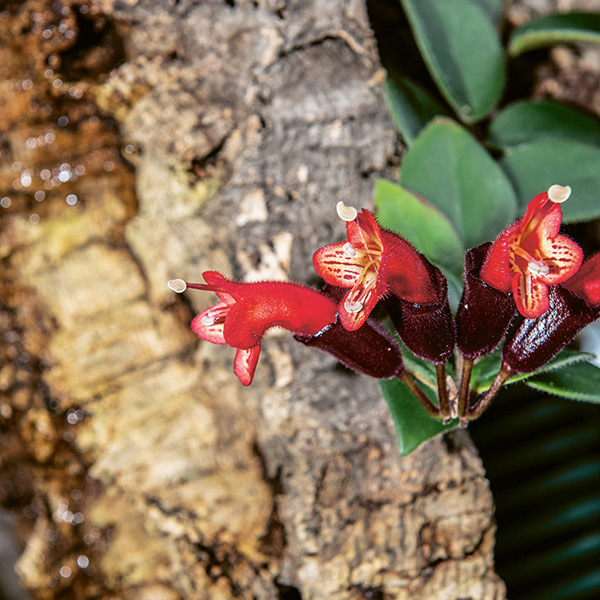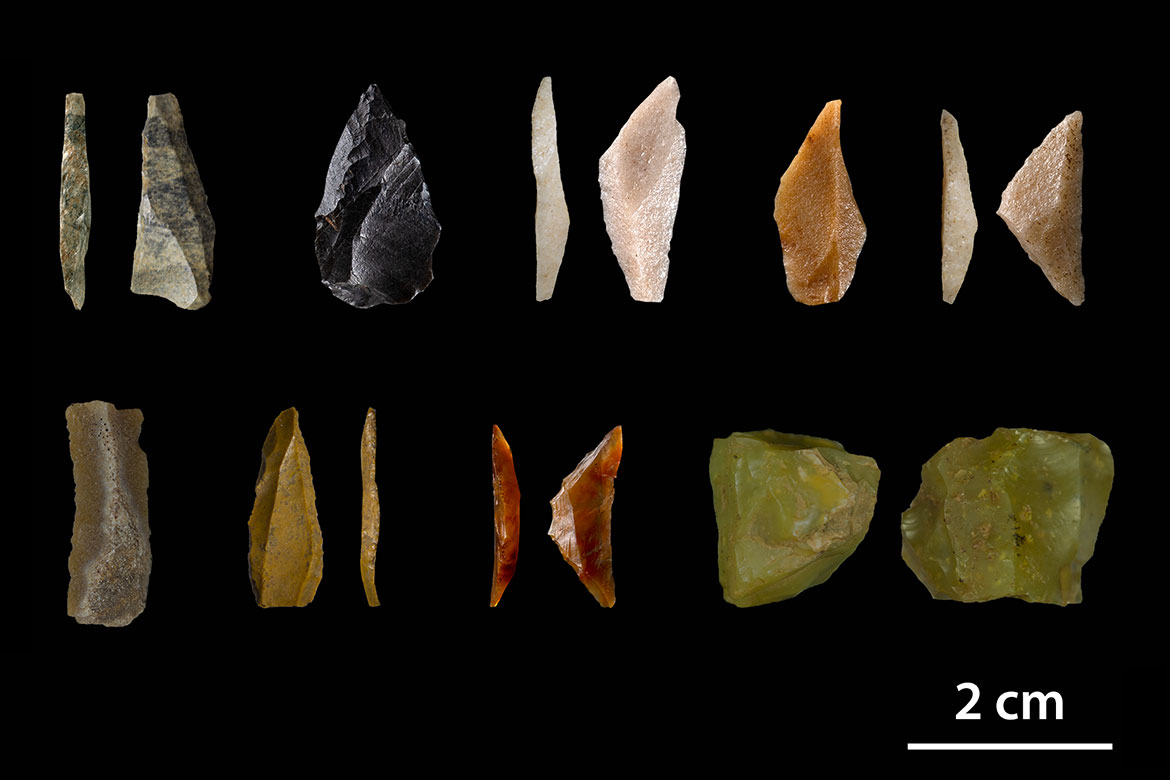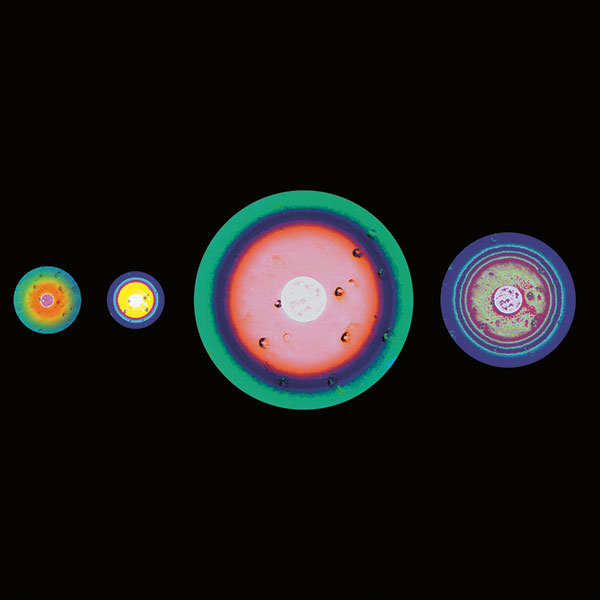BOOK ART
Many colours to reflect linguistic riches
An X-ray analysis reveals the incredible variety of colours in a Carolingian manuscript – without doing any damage to the artefact itself.

The Dagulf Psalter was made between 793 and 795 AD | Image: Christa Hofmann, ÖNB, IfR
There’s no shortage here of either gold or silver: the Dagulf Psalter, a richly decorated Book of Psalms copied out between 793 and 795, is one of the most magnificent Carolingian manuscripts extant today. Now a European team has for the first-ever time used X-ray fluorescence to analyse its inks, dyes and pigments. To this end, some 70 points were X-rayed, each roughly one millimetre in size. The researchers also used two other non-invasive methods so as not to damage this valuable calfskin parchment.
Gold and silver in their pure forms were used for the script of the Psalter. But chlorine compounds found in the silver and its dark discolouration indicate that harmful corrosion processes have taken place. The scribe responsible for the manuscript chose three colours for the initials and the ornamental pages: purple, for which he used the dye orchil that is obtained from lichen; dark blue from the indigo plant; and a bright, luminous blue derived from lapis lazuli. These were joined by smaller quantities of red lead, white lead, ochre, vermilion and orpiment.
“People in the Middle Ages did not classify colours according to any specific shading, but perceived them within a spectrum of glossy effects”, says the art historian Thomas Rainer from the University of Zurich. Factors such as the material itself and the incidence of light played a role. Colours were also used to represent different content, as we can see in the Dagulf Psalter: “The richness of its purples, with fine tints and shadings, was linked to the linguistic riches of the Old Testament Psalms”.




